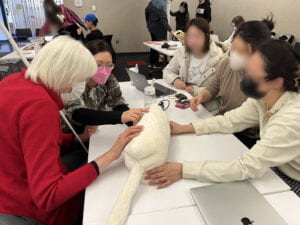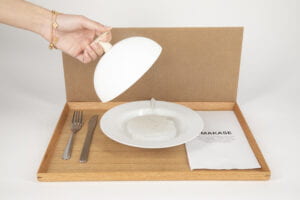Multisensory Design (ITPG-GT 3027 001, DM-GY 9104 A)

Course Description
4.0 units | Fall Semester, Thursdays 6:00pm – 8:30pm
Our users have senses which they use to perceive information in different ways. Some perceive best through sight, some through hearing, others through touch. Designers often prioritize visual information, excluding those who benefit from other sensory modalities.
In this hands-on class, we’ll take a multisensory approach to design that makes interfaces more accessible to disabled and nondisabled users. Students will learn how to design for the senses (think tactile controls combined with atmospheric sounds and olfactory or taste experiences), while gaining an understanding of the assumptions we make about our users’ sensory preferences. Students should come with prior experience with physical computing and fabrication techniques and can expect to learn technical processes for the user research, usability testing, and iterative design of multisensory interfaces.
Over the course of 14 weeks, students will design an interface for the 5 senses (sight, hearing, touch, taste, smell), culminating in one final project that includes at least 3 sensory modalities.
Class Websites


